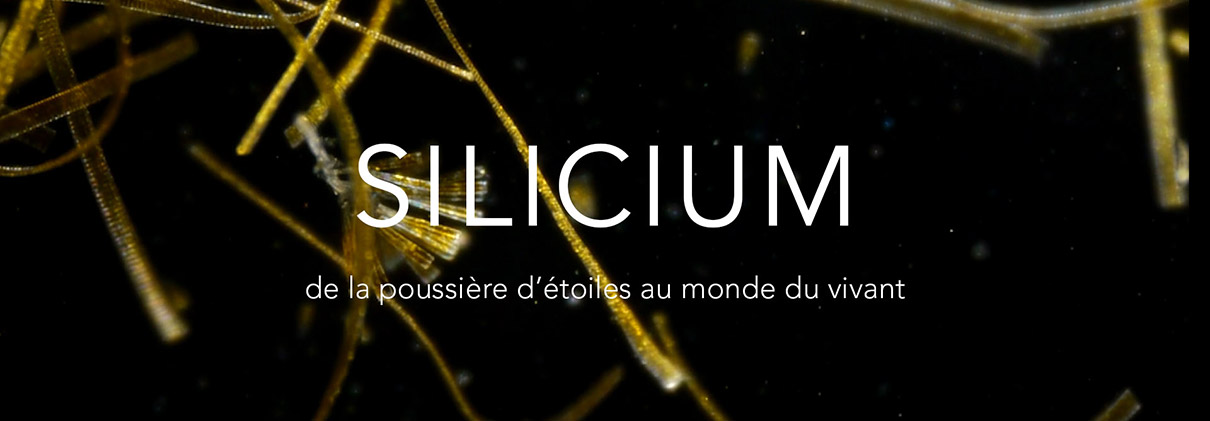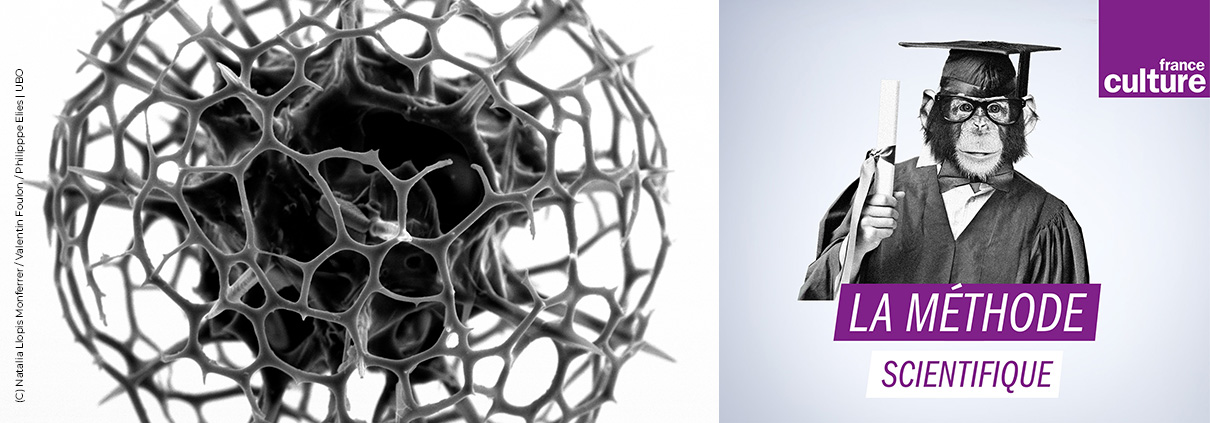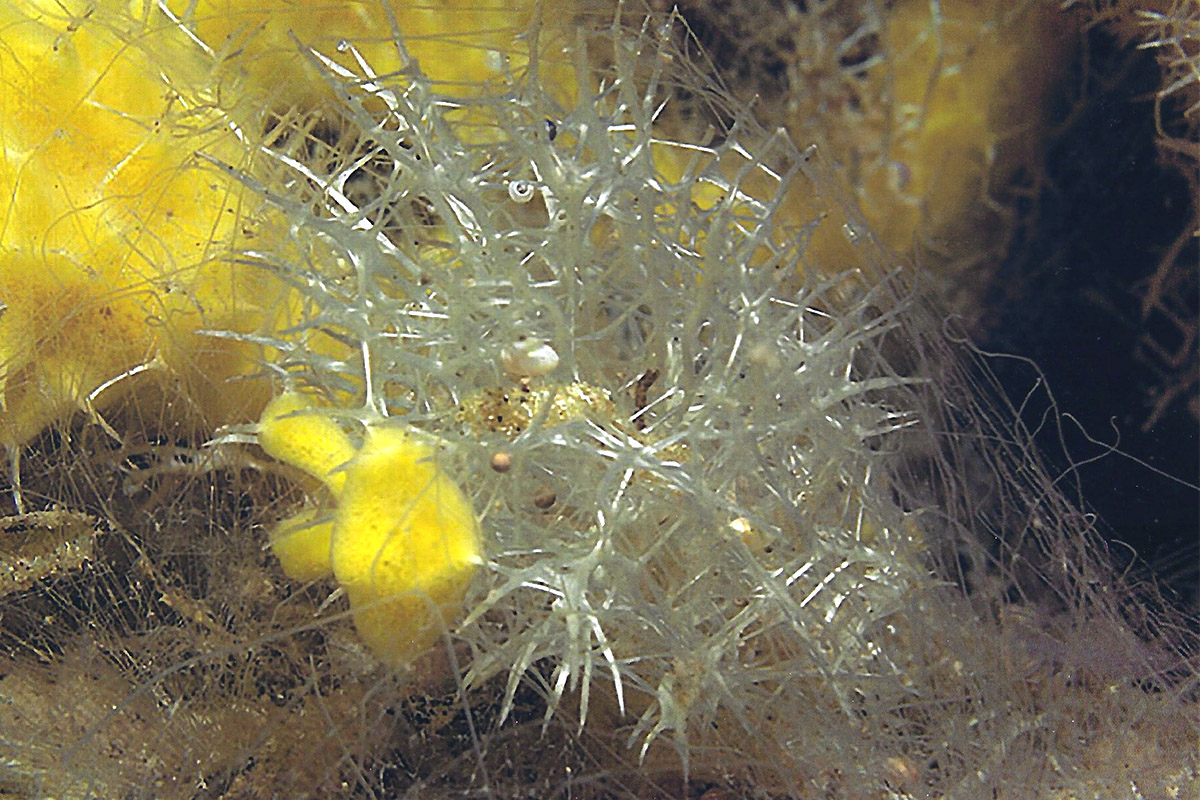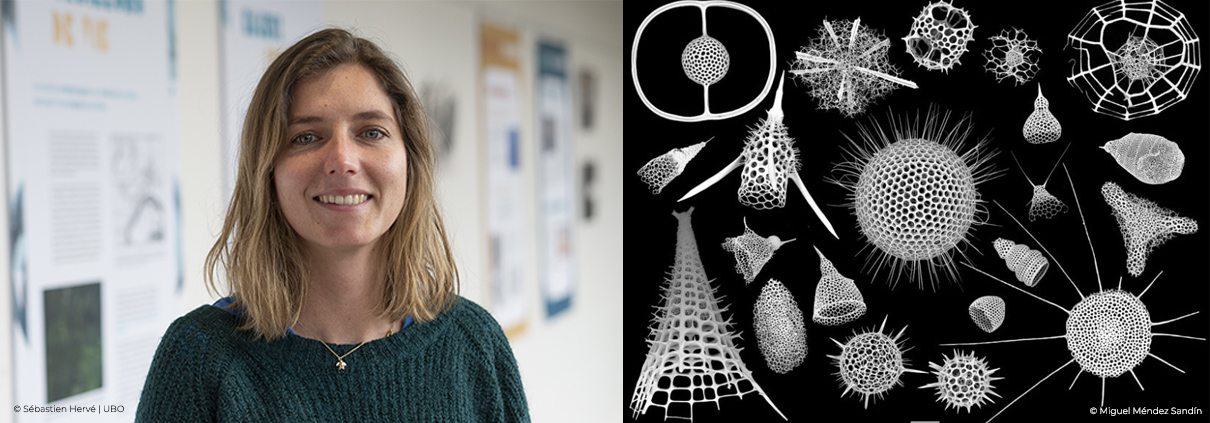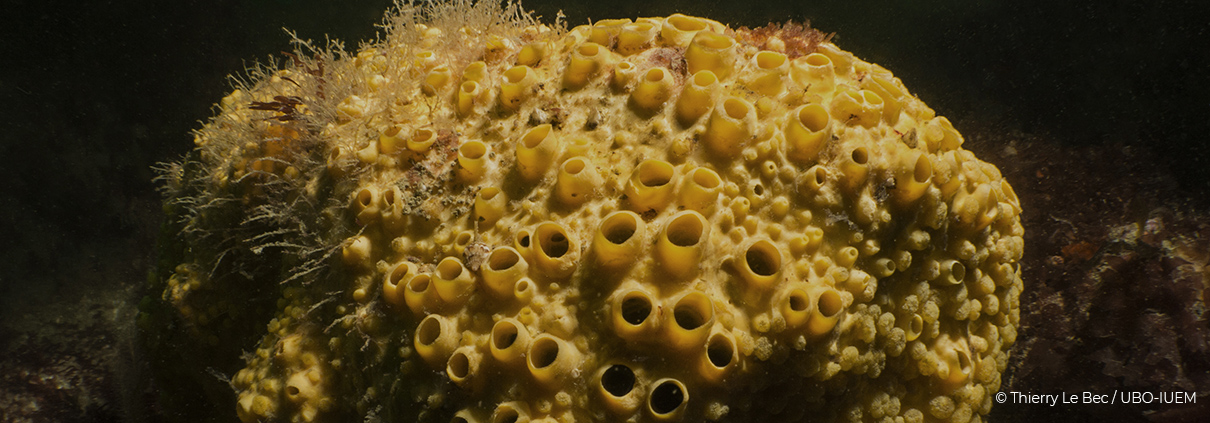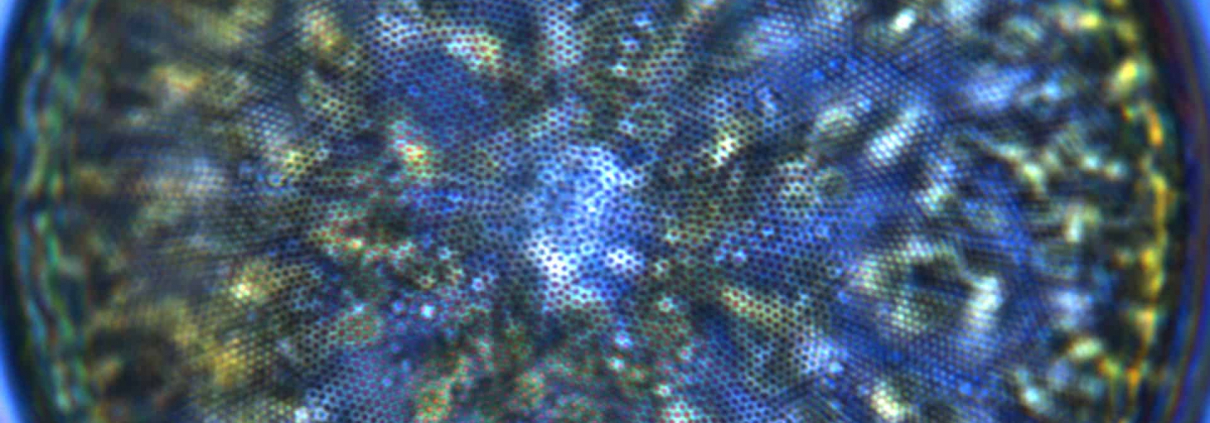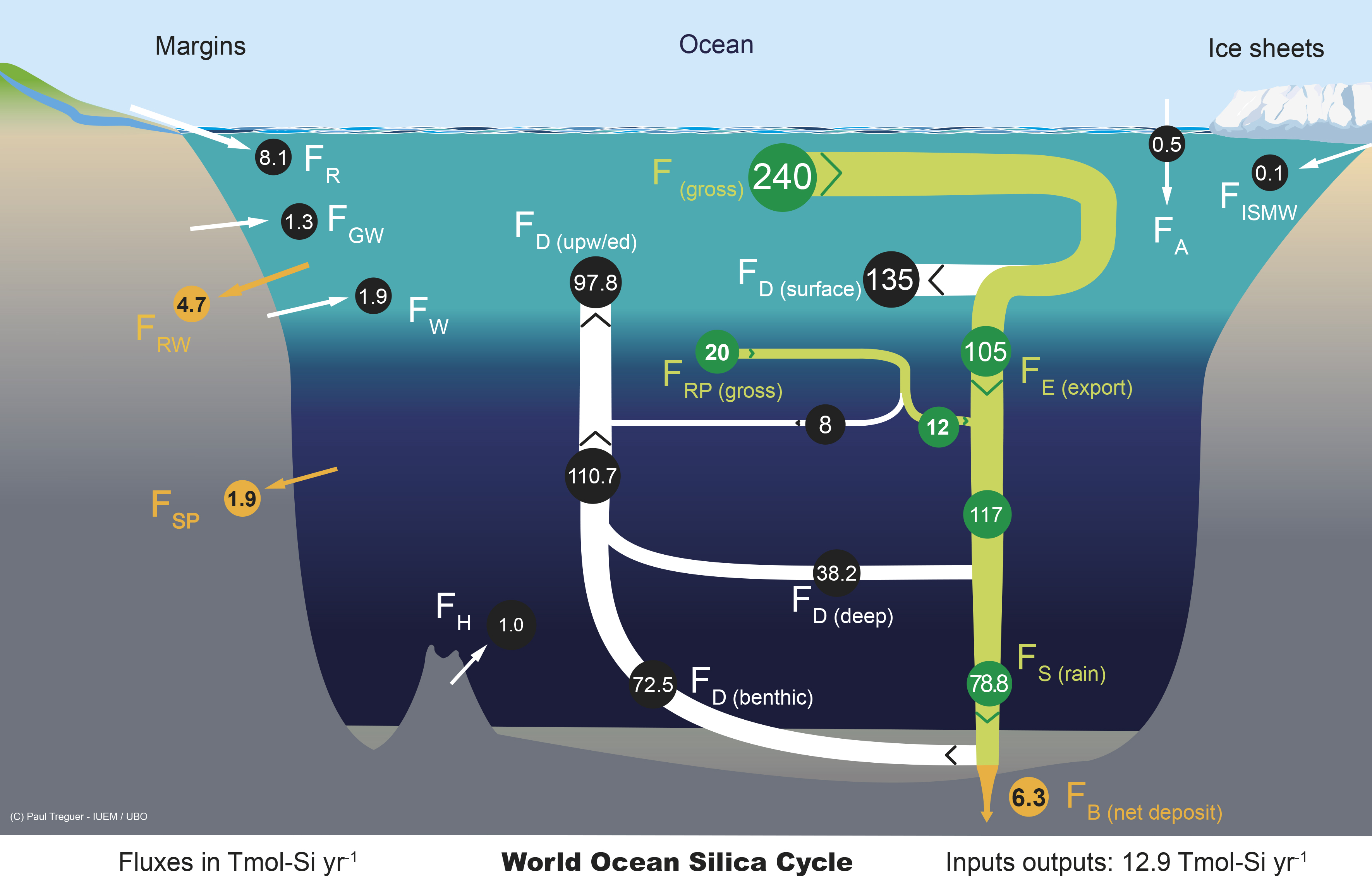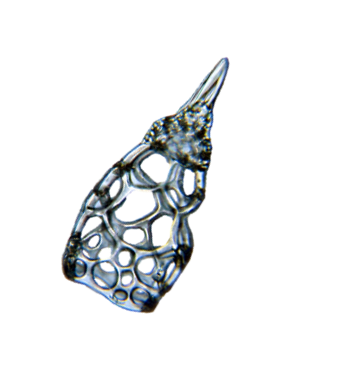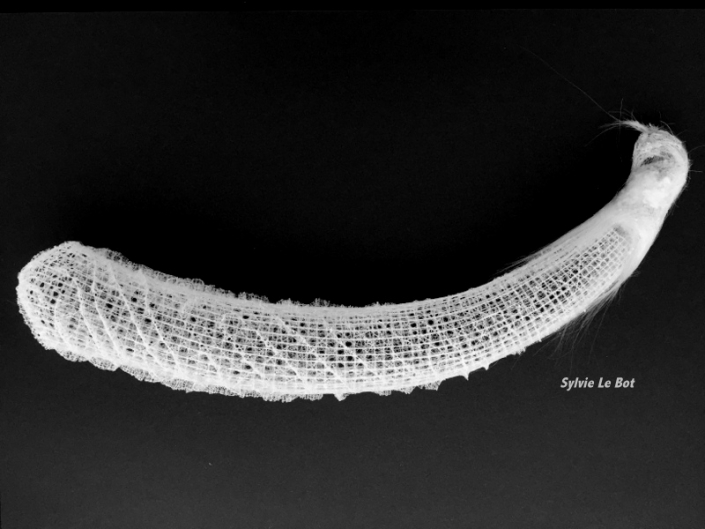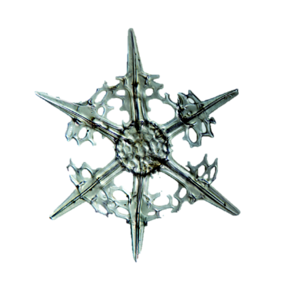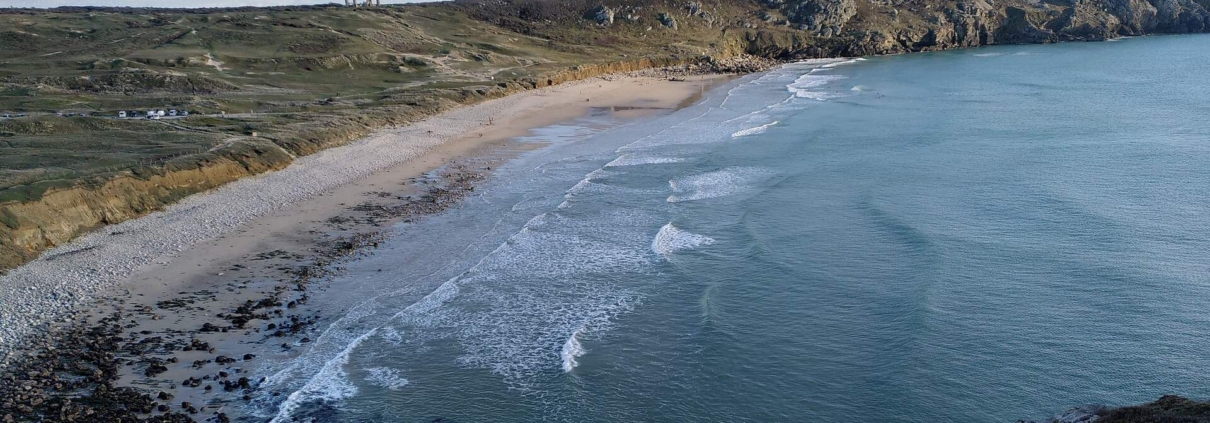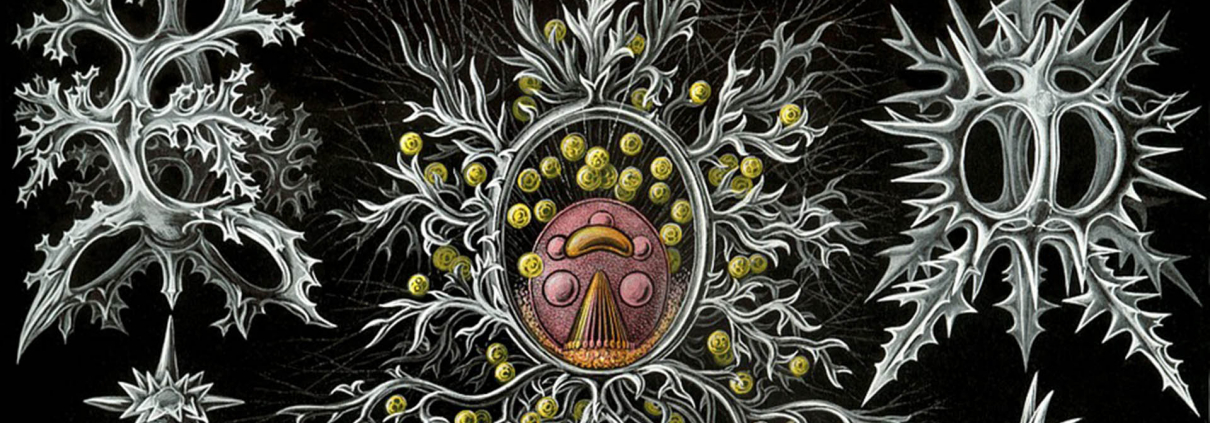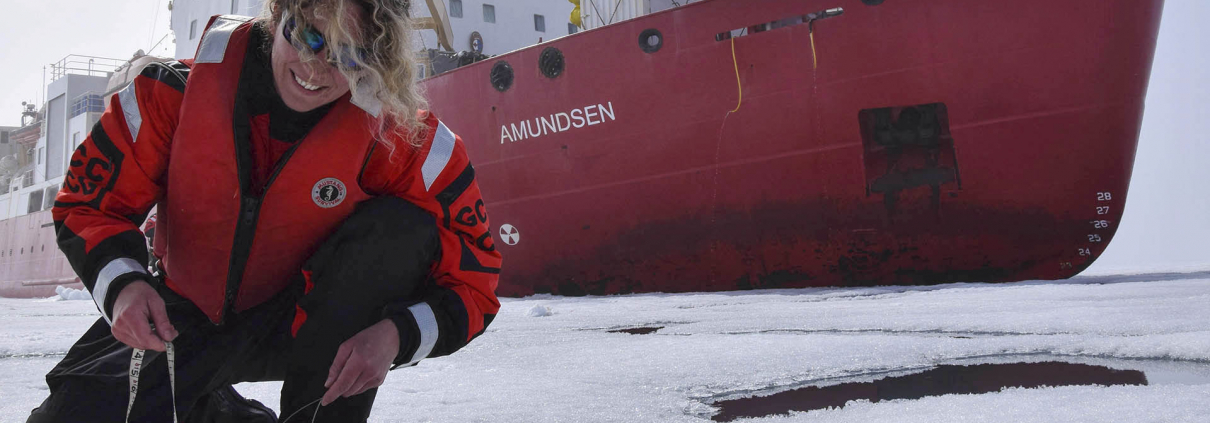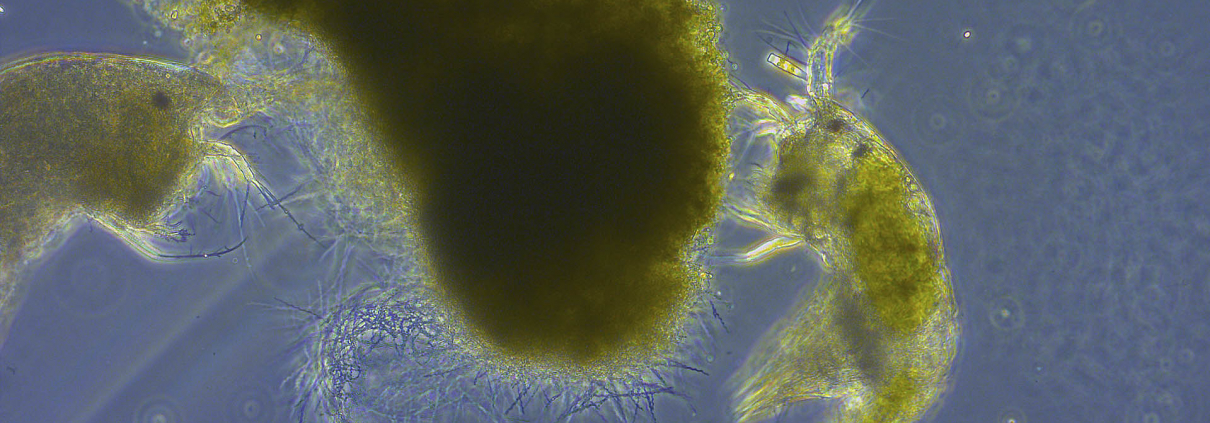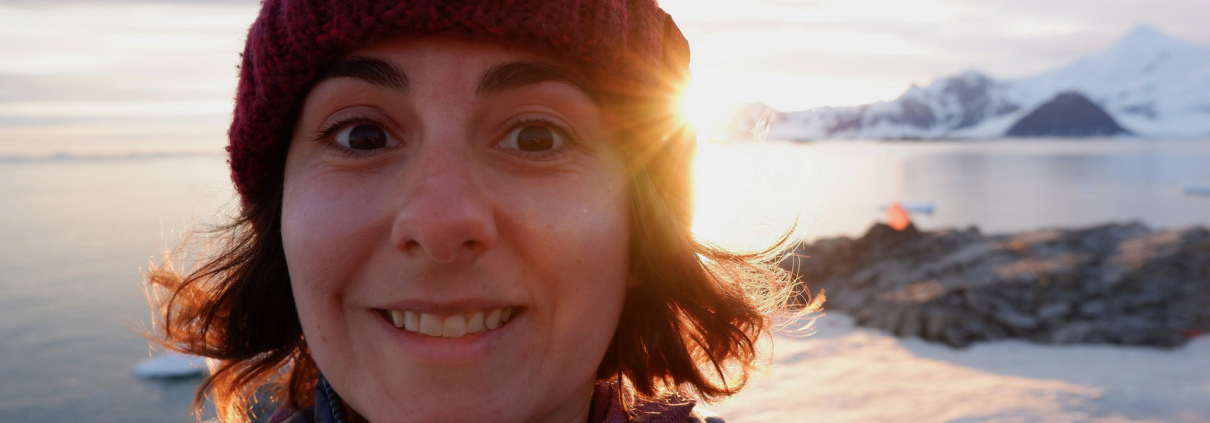You are here: Home1 / silicon cycle
Tag Archive for: silicon cycle
https://www-iuem.univ-brest.fr/lemar/wp-content/uploads/2024/05/Silicium_Main.jpg
421
1210
Sebastien Herve
https://www-iuem.univ-brest.fr/lemar/wp-content/uploads/2018/10/logo-lemar-big.png
Sebastien Herve2024-05-29 09:34:482024-05-29 09:34:48SILICON, from stardust to the living world
https://www-iuem.univ-brest.fr/lemar/wp-content/uploads/2021/05/silicium-la_methode-main-1.jpg
423
1210
sherve@univ-brest.fr
https://www-iuem.univ-brest.fr/lemar/wp-content/uploads/2018/10/logo-lemar-big.png
sherve@univ-brest.fr2021-05-03 19:00:392021-06-20 15:40:31The silicon cycle at “la Méthode Scientifique” radio program, May 5, 2021 at 4pm
https://www-iuem.univ-brest.fr/lemar/wp-content/uploads/2020/04/natalia-rhyzaria-main.jpg
423
1210
sherve@univ-brest.fr
https://www-iuem.univ-brest.fr/lemar/wp-content/uploads/2018/10/logo-lemar-big.png
sherve@univ-brest.fr2020-04-20 11:15:512020-04-20 11:18:20Radiolarians and the silicon cycle: Natalia Llopis-Monferrer’s work in the spotlight!
https://www-iuem.univ-brest.fr/lemar/wp-content/uploads/2019/08/ADM-eponges-3.jpg
423
1210
sherve@univ-brest.fr
https://www-iuem.univ-brest.fr/lemar/wp-content/uploads/2018/10/logo-lemar-big.png
sherve@univ-brest.fr2019-08-30 14:41:272019-09-12 14:27:09Sponge skeletons as an important sink of silicon in the global oceans
https://www-iuem.univ-brest.fr/lemar/wp-content/uploads/2018/04/silicium.jpg
1080
1920
sherve@univ-brest.fr
https://www-iuem.univ-brest.fr/lemar/wp-content/uploads/2018/10/logo-lemar-big.png
sherve@univ-brest.fr2018-10-05 10:06:232022-03-26 15:54:29The Silicon Cycle: The Forgotten Silicified
Tag Archive for: silicon cycle
https://www-iuem.univ-brest.fr/lemar/wp-content/uploads/2024/03/IMG_20240107_162527.jpg
1080
1920
Emilie Le Roy
https://www-iuem.univ-brest.fr/lemar/wp-content/uploads/2018/10/logo-lemar-big.png
Emilie Le Roy2024-03-15 10:29:572024-03-19 14:11:00Glass
https://www-iuem.univ-brest.fr/lemar/wp-content/uploads/2018/10/radical-main.jpg
1080
1920
moriceau@univ-brest.fr
https://www-iuem.univ-brest.fr/lemar/wp-content/uploads/2018/10/logo-lemar-big.png
moriceau@univ-brest.fr2018-10-18 11:32:532022-04-06 13:17:01RadiCal
https://www-iuem.univ-brest.fr/lemar/wp-content/uploads/2018/06/greenedge-main-1.jpg
1080
1920
sherve@univ-brest.fr
https://www-iuem.univ-brest.fr/lemar/wp-content/uploads/2018/10/logo-lemar-big.png
sherve@univ-brest.fr2018-06-07 18:32:062022-04-06 13:31:44GreenEdge
https://www-iuem.univ-brest.fr/lemar/wp-content/uploads/2018/05/biopsis-main.jpg
1080
1920
sherve@univ-brest.fr
https://www-iuem.univ-brest.fr/lemar/wp-content/uploads/2018/10/logo-lemar-big.png
sherve@univ-brest.fr2018-05-31 10:39:082022-04-06 13:34:25BIOPSISTag Archive for: silicon cycle
https://www-iuem.univ-brest.fr/lemar/wp-content/uploads/2021/03/Cassarino-lucie-1.jpg
1080
1920
sherve@univ-brest.fr
https://www-iuem.univ-brest.fr/lemar/wp-content/uploads/2018/10/logo-lemar-big.png
sherve@univ-brest.fr2021-03-08 12:50:372022-03-29 12:54:06Lucie CASSARINO
Scroll to top

